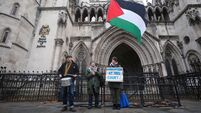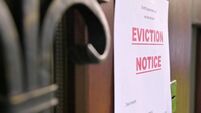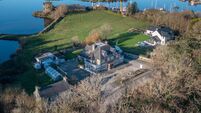Aer Lingus pilot ‘should have retried landing’ at Dublin Airport

Former pilot Fintan Ryan told the court that, in those six seconds, a decision could have been made to go around to try and land again.
He was giving evidence in the third day of the action, where it is claimed that flight EI582 from Malaga to Dublin in November 2009 landed in a heavy, dramatic fashion with an alleged inappropriate, excessive rate of descent.










